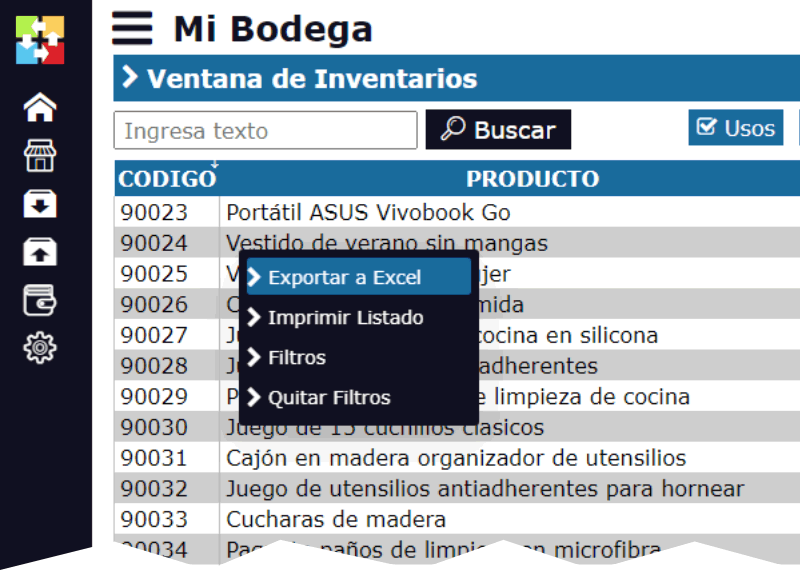Inventory accounting in companies with cryptoassets as current assets.
Inventory accounting is a fundamental aspect of financial management for any company. However, the incorporation of cryptoassets as current assets has generated a new challenge in inventory accounting. In this article, we will explore how to address inventory accounting in companies that have cryptoassets as current assets.

Definition of cryptoassets and current assets
Cryptoassets are digital assets that use cryptography technology to secure transactions and control the creation of new units. The most well-known cryptoassets are Bitcoin and Ethereum. Current assets, on the other hand, are those that are expected to be converted into cash or used within a year or within the company's normal operating cycle.
Classification of cryptoassets in accounting
The classification of cryptoassets in accounting is crucial to determine how they should be recorded and valued in financial statements. Cryptoassets can be classified into three categories:
- Current assets: Cryptoassets that are expected to be converted into cash or used within a year or within the company's normal operating cycle.
- Non-current assets: Cryptoassets that are not expected to be converted into cash or used within a year or within the company's normal operating cycle.
- Financial instruments: Cryptoassets that are used as financial instruments, such as futures contracts or options.
Valuation of cryptoassets in accounting
The valuation of cryptoassets in accounting is a complex issue. Cryptoassets can be valued at cost or fair value. Fair value is the value at which an asset can be sold in a free transaction between interested and well-informed parties.
The valuation of cryptoassets at fair value can be difficult due to the volatility of prices in cryptocurrency markets. Therefore, it is essential that companies have clear policies and procedures for valuing cryptoassets.
Recording of cryptoassets in accounting
The recording of cryptoassets in accounting depends on their classification and valuation. Cryptoassets that are classified as current assets should be recorded in the "Inventory" or "Current Assets" account. Cryptoassets that are classified as non-current assets should be recorded in the "Non-Current Assets" account.
Cryptoassets that are used as financial instruments should be recorded in the "Financial Instruments" account. It is essential that companies have clear policies and procedures for recording cryptoassets in accounting.
Financial information and disclosure
Financial information and disclosure are fundamental for investors and other stakeholders to make informed decisions. Companies that have cryptoassets as current assets must disclose financial and non-financial information about these assets.
Financial information should include the classification and valuation of cryptoassets, as well as their recording in accounting. Non-financial information should include the investment strategy in cryptoassets, associated risks, and policies and procedures for managing these assets.
Conclusion
Inventory accounting in companies with cryptoassets as current assets is a complex issue that requires clear policies and procedures. Companies must classify and value cryptoassets properly and record them in accounting correctly. Financial information and disclosure are fundamental for investors and other stakeholders to make informed decisions.
It is essential that companies with cryptoassets as current assets seek professional advice to ensure they are complying with accounting and disclosure requirements. In this way, they can ensure they are effectively managing their cryptoassets and providing accurate and complete financial and non-financial information to investors and other stakeholders.





